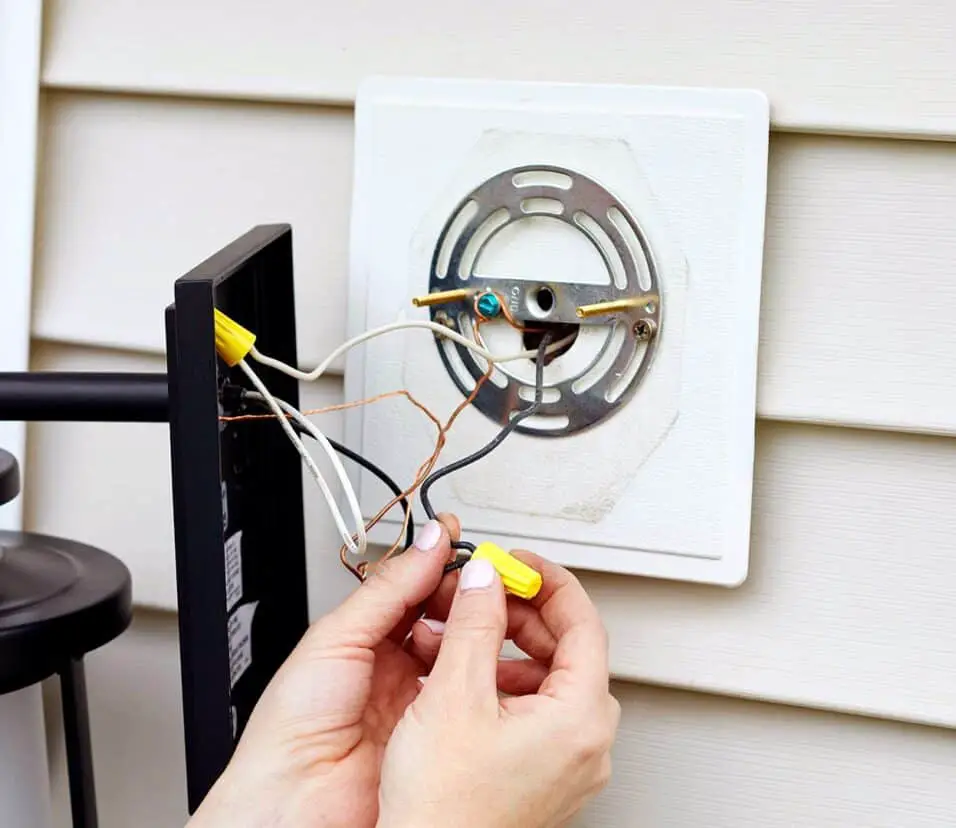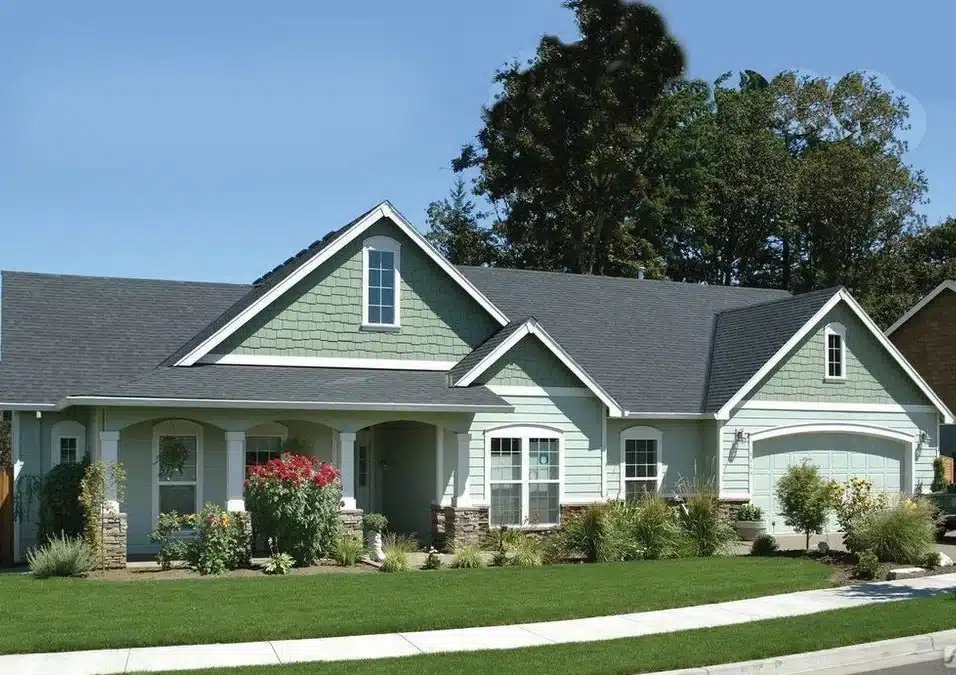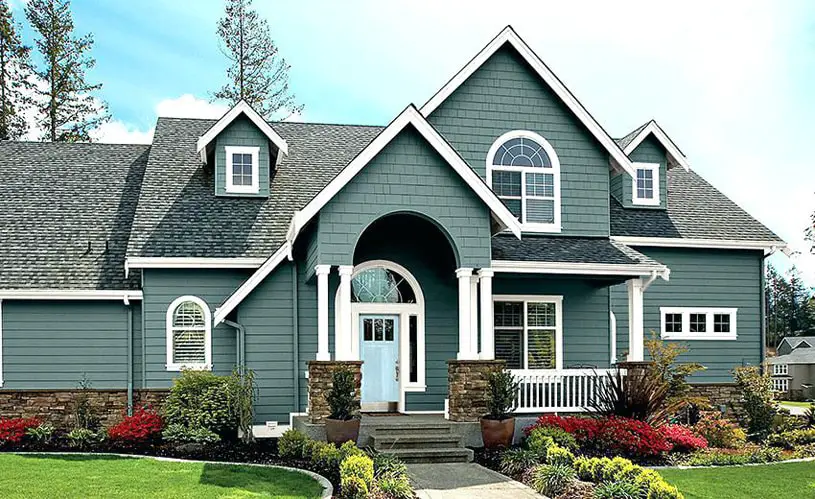How To Paint An Exterior Door With Glass
Introduction
How To Paint An Exterior Door With Glass: The exterior door with glass, standing as a gateway between your home’s interior and the outside world, possesses a unique charm and character that beckons for attention. If you’re seeking to infuse new life into this architectural element, the art of painting presents an opportunity for transformation. However, the presence of glass demands a level of precision and technique that goes beyond traditional door painting. Welcome to a comprehensive guide on how to paint an exterior door with glass, where aesthetics meet functionality in a delicate dance.
Elevating your exterior door’s appearance requires not only selecting the right color but also mastering the nuances of surface preparation, paint application, and glass preservation. The transparent allure of glass panels adds complexity to the painting process, necessitating a thorough understanding of how to create crisp edges while avoiding paint splatters on the glass.
In this guide, we embark on a journey through the meticulous steps that define a successful painting endeavor for exterior doors with glass. From choosing the appropriate paint and tools to meticulous glass detailing, we unravel the secrets that unveil a door that seamlessly marries form and function. Whether you’re a seasoned DIY enthusiast or a first-time painter, this guide equips you with the knowledge to undertake the task with confidence and precision. So, let’s dive into the world of exterior door painting, where glass becomes a canvas, and your door emerges as a statement of artistry and architectural elegance.
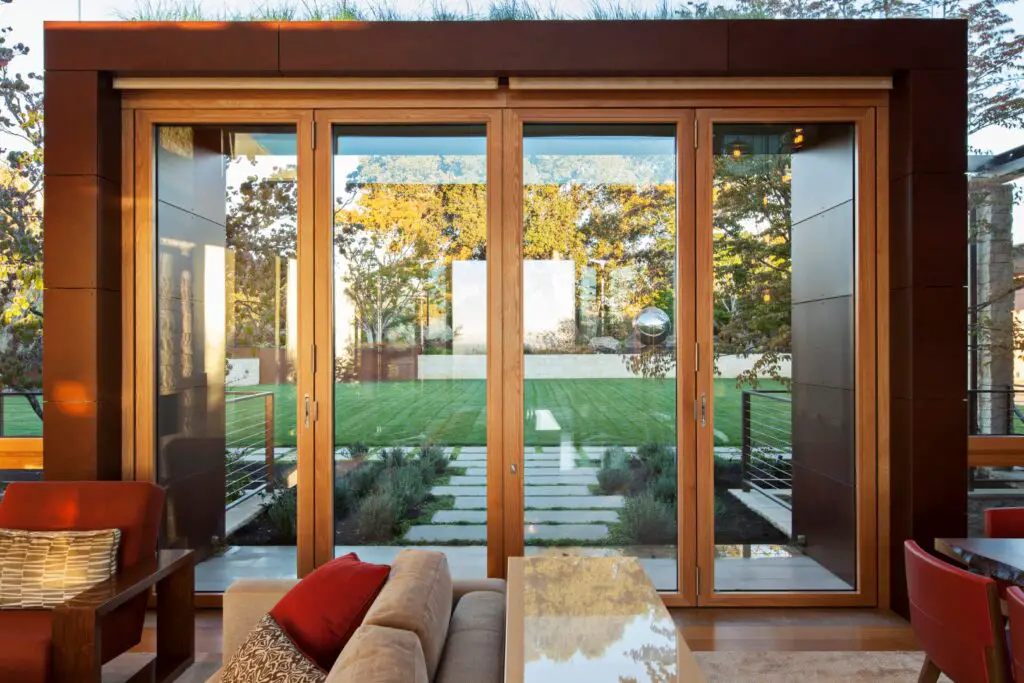
How do you paint a front door without removing it?
Paint a front door without removing it – Three Coats
How to paint a front door without removing it
1 – clean your front door.
2 – prepare your front door for painting.
3 – tape (optional)
4 – paint your front door.
5 – seal your painted front door.
Painting a front door without removing it is possible but requires careful preparation and patience.
Here’s a step-by-step guide:
- Prepare the Area: Start by protecting the surrounding area with drop cloths or plastic sheeting to catch any drips or spills. Remove any hardware like handles or knobs, or cover them with painter’s tape.
- Clean the Door: Clean the door thoroughly to remove dirt and grime. Use a mixture of mild detergent and water. Rinse and let it dry completely.
- Sand the Door: Lightly sand the door’s surface to create a rough texture that helps the paint adhere better. Use 220-grit sandpaper, then wipe off the dust with a tack cloth or a damp cloth.
- Apply Primer (Optional): While not always necessary, applying a primer can improve paint adhesion and coverage. Allow the primer to dry completely.
- Paint the Door: Use high-quality exterior paint suitable for the door material (wood, fiberglass, metal, etc.). Apply the paint evenly with a brush, roller, or paint sprayer. Start with the recessed areas and panels, then move to the flat surfaces. Follow the paint manufacturer’s instructions regarding drying times and recoat intervals.
- Multiple Coats: Generally, two coats of paint are recommended for even coverage and durability. Ensure each coat is thoroughly dry before applying the next one.
- Reattach Hardware: Once the paint is completely dry, reattach the hardware or remove the painter’s tape from the handles and knobs.
What kind of paint do you use on front doors?
While exterior paints are available like flat/matte, eggshell, satin, semi-gloss and gloss sheens — ranked in order from the lowest to the highest luster — semi-gloss is by far the primary choice for application on front doors.
The type of paint you should use on front doors depends on the material of the door and your local climate. Here are some common options:
- Wooden Front Doors: For wooden doors, use either oil-based or latex-based exterior paint. Oil-based paints provide excellent durability and protection, while latex-based paints are easier to clean up and have lower VOCs (volatile organic compounds).
- Fiberglass Front Doors: Acrylic latex paint is an excellent choice for fiberglass doors. It offers good adhesion and durability, and it’s more flexible than oil-based paint, which is important for surfaces that may expand and contract with temperature changes.
- Metal Front Doors: Oil-based or acrylic latex paints work well on metal doors. Look for a paint labeled as “rust-resistant” or “metal exterior paint” to prevent corrosion.
- Composite Front Doors: Composite doors often have a wood grain texture. Use a high-quality exterior latex paint suitable for both wood and plastic surfaces.
- Climate Considerations: In areas with extreme weather conditions, such as intense sunlight or heavy rain, choose a paint with UV protection and excellent weather resistance to prolong the life of your front door’s finish.
Can I paint front door without primer?
Prime the wood
If you’re using our 10 Year Weatherproof Wood Paint, you don’t need to use a primer so you can skip this step. If using another product, apply your primer to the door and leave it to dry. Make sure you cover it thoroughly so your paint sticks consistently.
Primer serves several essential functions:
- Improved Adhesion: Primer creates a bond between the surface and the paint, ensuring that the paint adheres well and doesn’t peel or flake over time.
- Even Coverage: It helps achieve a uniform appearance, especially when painting over different colors or materials.
- Stain Blocking: Primer can prevent stains, knots, or wood tannins from bleeding through the paint, ensuring a clean finish.
- Durability: Primer can enhance the longevity of your paint job, making it less likely to crack or peel.
If you’re repainting a door with the same color and the existing finish is in good condition, you might be able to skip the primer. However, when changing the door’s color, when dealing with a porous surface like wood, or if the door is in poor condition, using primer is advisable for the best results.
How many coats of paint should you put on a door?
2 coats
A minimum of 2 coats applied.
The number of coats of paint you should apply to a door depends on several factors, including the door’s material, the color you’re using, and the quality of the paint.
- First Coat: The first coat serves as a base layer for the paint to adhere to. It may not provide complete coverage, especially if you’re changing the door’s color or working with a porous material like wood.
- Second Coat: The second coat ensures even color and coverage. It adds depth and durability to the finish. It’s essential to allow the first coat to dry completely before applying the second coat, following the paint manufacturer’s recommended drying times.
In some situations, such as when working with particularly dark or vibrant colors, you might need a third coat to achieve the desired depth and evenness. Always refer to the paint manufacturer’s instructions on the product label for specific recommendations on the number of coats required for optimal results. Applying the right number of coats will help your front door look beautiful and stay protected for years to come.
How many coats of paint should you put on a door?
2 coats
A minimum of 2 coats applied. If you are painting a primed door: A latex or water-based paint can be used. A minimum of 2 coats is recommended however, you can apply as many coats to acquire desired finish.
The number of coats of paint you should apply to a door can vary depending on several factors, including the type of paint, the color you’re using, and the condition of the door’s surface. However, a common recommendation is to apply two coats of paint to a door.
- First Coat: The first coat serves as a base layer. It helps the paint adhere to the surface, provides a consistent background, and may cover the door partially. In some cases, especially if you’re changing the door’s color significantly or working with a porous material like wood, the first coat may not provide complete coverage.
- Second Coat: The second coat is essential for achieving an even finish. It adds depth and ensures complete coverage, enhancing the door’s appearance and durability. The second coat should be applied after the first coat has dried completely, following the paint manufacturer’s recommended drying times.
In certain situations, you may need a third coat, particularly when working with dark or vibrant colors that require more layers to achieve the desired depth and evenness. Always refer to the specific instructions provided by the paint manufacturer on the product label for the recommended number of coats and drying times for optimal results. Applying the right number of coats will help your door look great and provide long-lasting protection.
What is the best paint finish for exterior doors?
semi-gloss finish
Go with a semi-gloss finish
Semi-gloss paint offers enhanced durability against wear-and-tear and harsh weather compared to flat or eggshell finishes, and it masks surface imperfections better than high-gloss. The glossiness also makes the door easier to clean as compared to flat or eggshell finishes.
Selecting the right paint finish (sheen) for exterior doors depends on your preferences and the style of your home.
Here are some common options:
- Satin Finish: Satin is a popular choice for exterior doors. It offers a subtle shine that’s not too glossy or flat. Satin finishes are durable and easy to clean, making them suitable for most front doors. They strike a balance between aesthetics and practicality.
- Semi-Gloss Finish: Semi-gloss provides a noticeable shine and is highly durable. It’s a good option if you want your front door to stand out and be easy to clean. Semi-gloss finishes are also more resistant to moisture and mildew, making them ideal for doors in damp or humid climates.
- Gloss Finish: Gloss finishes are the shiniest option, offering a high-gloss, reflective surface. They are exceptionally durable and provide an elegant, eye-catching look. Glossy finishes are often used for traditional or classic-style front doors.
- Matte or Flat Finish: While less common for exterior doors, matte or flat finishes can be used for a more subtle, understated appearance. However, they may not be as durable or easy to clean as the glossier options.
- Custom Finishes: Some homeowners opt for custom finishes, such as a distressed or weathered look, which can add character to the door. These finishes may require specialized techniques and topcoats for protection.
Ultimately, the best paint finish for your exterior door depends on your personal style, the architectural style of your home, and the level of maintenance you’re willing to perform. Keep in mind that glossier finishes tend to show imperfections less and are easier to clean, while matte finishes may require more maintenance.
Is it OK to use paint without primer?
Primer isn’t necessary for every paint job. However, primer is an essential step if you want a smooth finish on projects that have darker colors, wooden or uneven surfaces, or on surfaces that are stained or odorous.
While it’s possible to use paint without primer, especially for certain projects or surfaces, using a primer is generally recommended for the best results. Primers serve several essential functions:
- Improved Adhesion: Primer creates a strong bond between the surface and the paint, ensuring that the paint adheres well and doesn’t peel or flake over time.
- Even Coverage: It helps achieve a uniform appearance, especially when painting over different colors or materials.
- Stain Blocking: Primer can prevent stains, knots, or wood tannins from bleeding through the paint, ensuring a clean finish.
- Durability: Primer can enhance the longevity of your paint job, making it less likely to crack or peel.
Here are some scenarios where you might consider using paint without primer:
- Repainting with the Same Color: If you’re repainting a surface with the same color, and the existing paint is in good condition, you may be able to skip the primer.
- Paint-and-Primer-in-One Products: Some paints are marketed as “paint-and-primer-in-one.” These products often contain primer-like properties and can be used on previously painted surfaces or when changing colors slightly.
- Very Smooth Surfaces: Some very smooth and non-porous surfaces may not require a primer, but it’s still advisable to check the paint manufacturer’s recommendations.
In most cases, especially when changing colors, working with porous surfaces, or dealing with surfaces in poor condition, using a primer is a wise choice for achieving a long-lasting and professional-looking finish.
How many coats of paint on a door?
2 coats
A minimum of 2 coats applied. If you are painting a primed door: A latex or water-based paint can be used. A minimum of 2 coats is recommended however, you can apply as many coats to acquire desired finish. Lightly sand all 6 sides of primed door with #220 or higher grit sandpaper.
The number of coats of paint you should apply to a door is typically two. This recommendation holds true for various types of doors, including wooden, fiberglass, metal, or composite doors. Here’s a breakdown of the two-coat approach:
- First Coat: The first coat of paint serves as a base coat. It provides a foundation for the topcoat, helps the paint adhere to the surface, and may partially cover the door, especially if you’re changing the color significantly or working with a porous material like wood.
- Second Coat: The second coat is the topcoat, and it’s crucial for achieving an even, durable, and aesthetically pleasing finish. It adds depth, ensures complete coverage, and enhances the door’s appearance. The second coat should be applied after the first coat has dried completely, following the recommended drying times provided by the paint manufacturer.
In some cases, such as when working with dark or vibrant colors that require more layers to achieve the desired depth and evenness, you might need a third coat. However, for most standard painting projects, two coats of paint should suffice. Always follow the paint manufacturer’s guidelines on the product label for the recommended number of coats and drying times to achieve the best results. Properly applied coats of paint will help protect your door and keep it looking great for years to come.
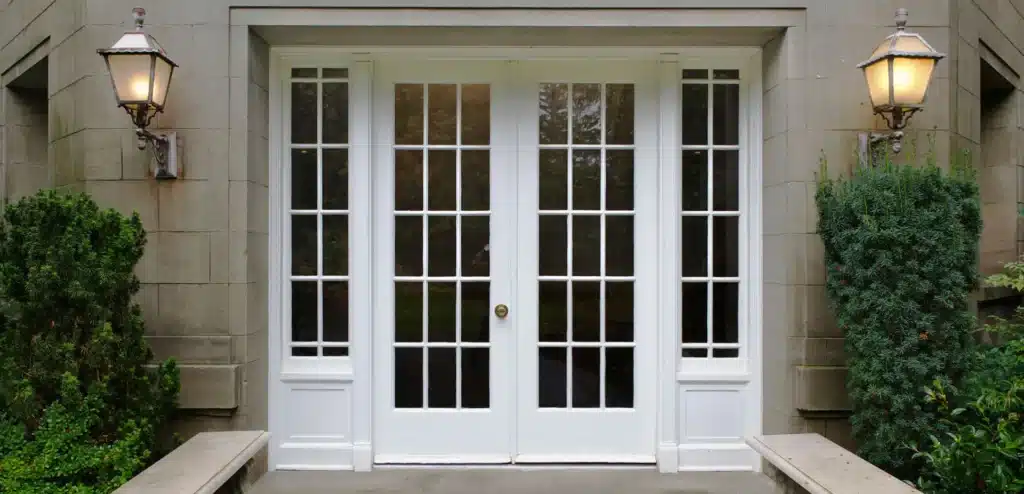
Conclusion
Painting an exterior door with glass is a rewarding endeavor that can revitalize your home’s appearance and boost its curb appeal. By following the steps outlined in this guide, you’ll have transformed a functional entryway into a striking focal point that complements your home’s aesthetic. From the meticulous surface preparation to the final brushstroke, attention to detail is key to achieving a professional-looking finish.
Remember that choosing the right paint and primer for your specific door material is crucial for long-term durability. The process may take a bit of time and effort, but the results are well worth it. Your freshly painted exterior door with glass will not only withstand the elements but also leave a lasting impression on visitors and passersby.
Regular maintenance and occasional touch-ups will ensure your front door beauty endures for years. So, roll up your sleeves, gather your supplies, and embark on this DIY journey to give your home’s exterior a vibrant and inviting makeover. Your beautifully painted door will welcome you home and make a lasting statement for all to admire.





